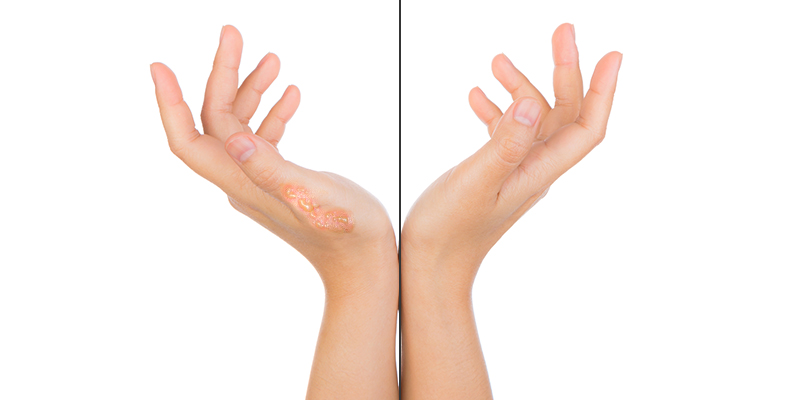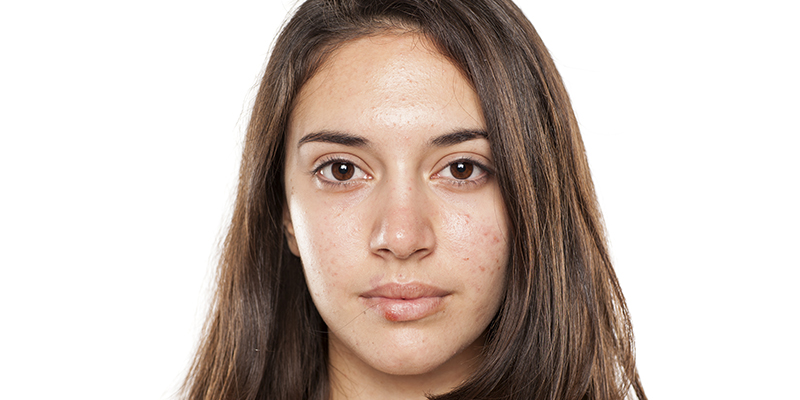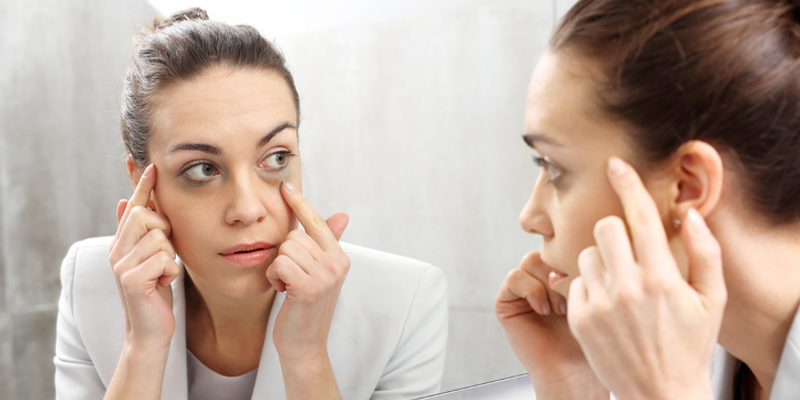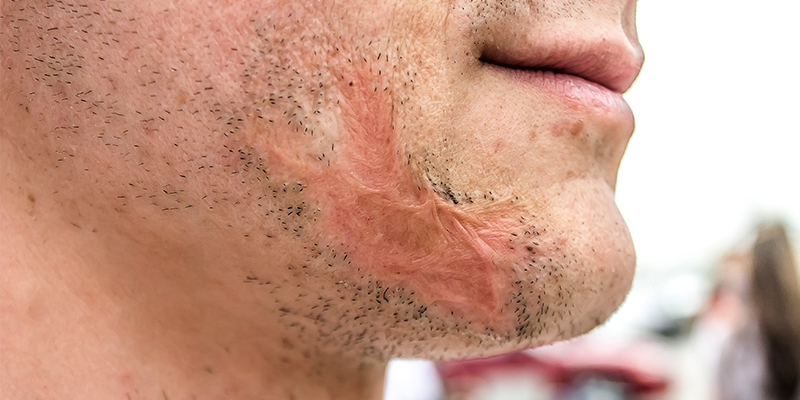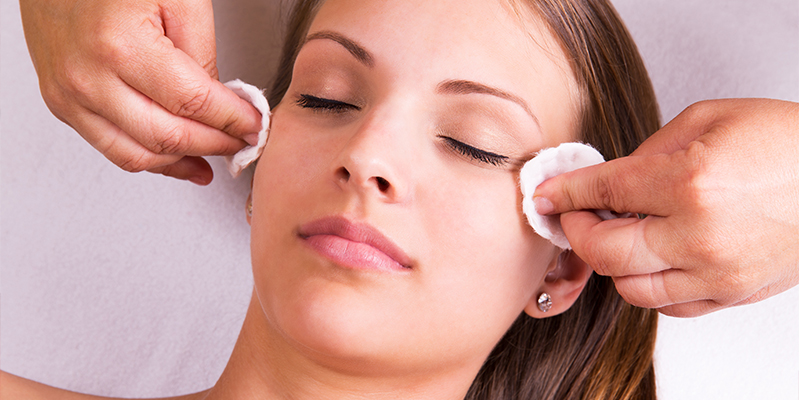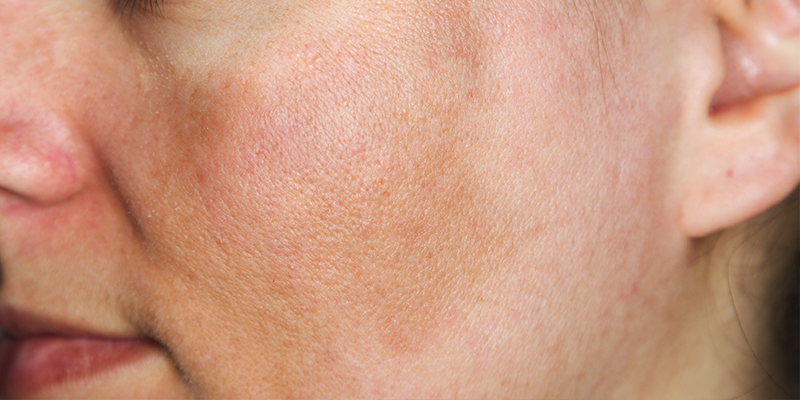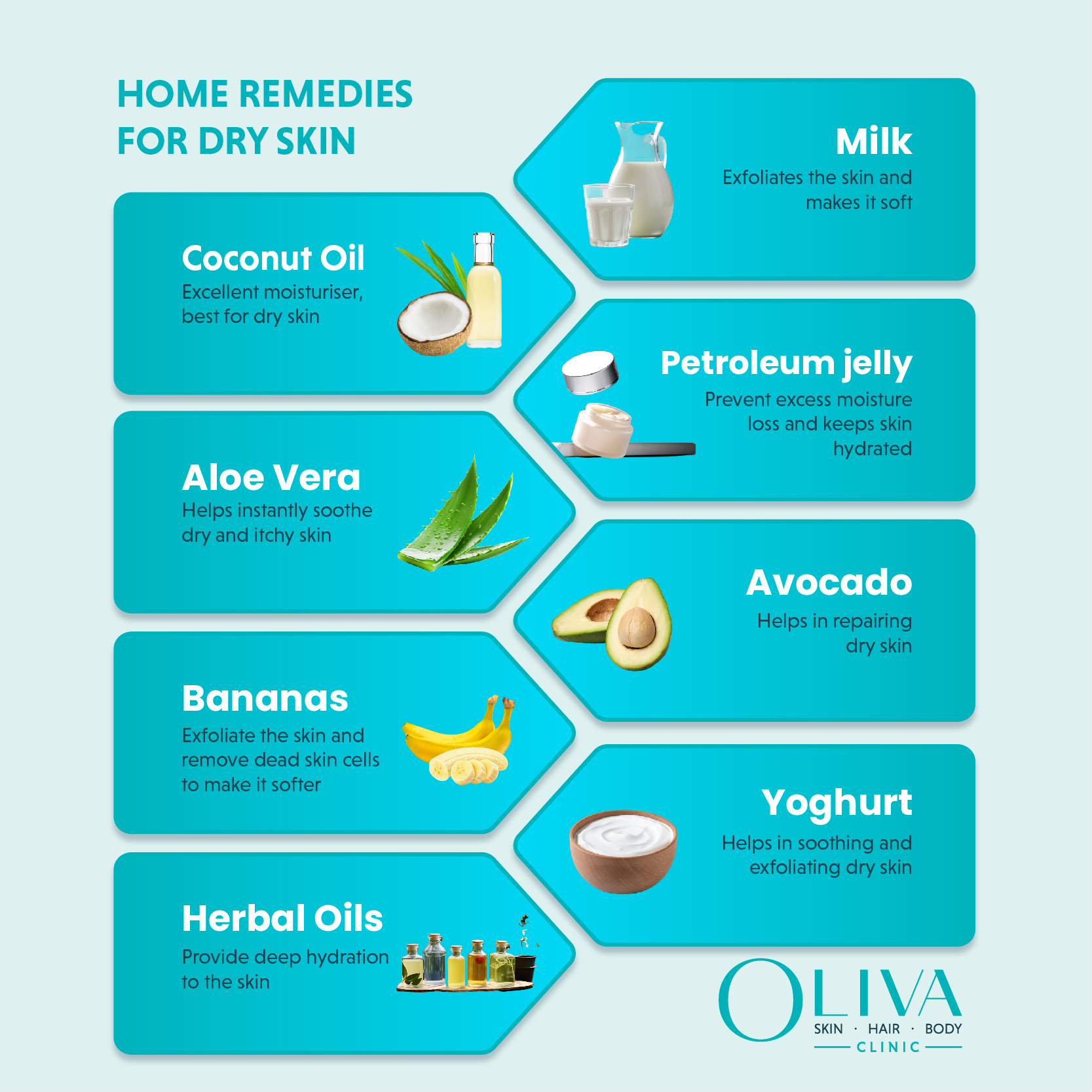Blisters On The Skin – Types, Causes & Treatments
With our skin being the largest organ of our body, it is no wonder that it is one of the most affected organs. No matter how hard you try to shield yourself from the external environment, there is always a slight chance of your skin getting affected with various skin conditions. Whether the skin condition is common or uncommon, no one likes having their skin marred by them.
What Are Blisters On Skin?
Sometimes a small bubble appears under your skin which is filled with some fluid. The fluid is a serum which is present in the neighbouring tissue of an injured area on the skin. This serum starts leaking due to the broken barriers of the injured skin. A blister forms as a result and the serum acts as the skin’s natural protection as long as the blister does not open up.
Types Of Skin Blisters
- Friction Blisters – Sometimes when you wear a new pair of shoes or sandals, a blister forms on your toes. This occurs due to the friction between the footwear and your skin. A friction blister is usually filled with a serum which over time helps the blister to heal.Friction blisters are tender and painful. It is accompanied by a burning sensation whenever there is any movement on the skin around the blister. The pain might be worse if the blister forms around a joint.
- Blood Blisters – As the name suggests, blisters which are filled with blood rather than the clear looking serum are known as blood blisters. These are usually dark red in appearance and quite painful. The blood occurs when the tissue and blood vessels get damaged which leads to the creation of a bubble under the skin which is filled with blood.Just like friction blisters, these blisters are also tender and may cause a burning sensation. Usually, it is advised to leave these blood blisters alone so that they can dry and heal on their own.
- Heat/Cold Blisters – Extreme temperatures can also determine the type of skin blisters that form. For example, when you get skin blisters on your hand due to frostbite, they are cold blisters. Similarly, blisters on the skin due to burns are heat or burn blisters. Most of the time a second-degree burn can damage the first two layers of the skin and result in burn blisters.These blisters under the skin on your hands or any other body part can take up to three weeks to heal.
Apart from these, there are other blisters which are named according to their associated medical conditions such as atopic eczema blisters, shingles blisters, chickenpox blisters, fever blisters, contact dermatitis, etc.
What Causes Blisters On The Skin?
- Skin blisters on the hands and feet can develop due to the irritation of the skin when it comes in contact with certain material textures or confining shoes/clothes.
- An allergic reaction can lead to the development of small itchy blisters on the skin. For example, when your skin has an allergic reaction to poison ivy, poison oak, etc.
- Drastic temperatures can result in blisters such as frostbite due to extremely cold temperatures or sunburn due to extremely hot temperatures.
- A lot of infections can result in blood blisters forming on the skin as well as fever blisters. Some of these infections include viral infections due to the herpes simplex virus, and infections due to a bacterial strain called staphylococci (staph), etc.
- Certain medications such as furosemide (Lasix), doxycycline (Vibramycin), nalidixic acid (NegGram), etc., may result in blisters on the skin as a side effect. Usually these skin blisters are mild in nature; however, in certain cases, they can lead to severe skin conditions.
- Some skin conditions which can cause blisters include pemphigus, dermatitis herpetiformis, epidermolysis bullosa, porphyria cutanea tarda, etc.
Also Read: Common Skin Conditions Treated By Dermatologist
Symptoms of Blisters on Skin
- The size of a blister can range from the size of a pinpoint to around an inch in diameter.
- Redness of the skin as well as itching in the area where the blister has developed.
- Blisters will usually contain liquid in the form of serum, blood, pus or plasma, depending upon the base cause of the blister.
- Small red bumps on the skin which can swell.
- Certain blisters can be painful.
Body Areas Affected By Skin Blisters
- Blisters on Face – Skin blisters on the face usually occur due to infection or skin conditions like chickenpox, herpes, etc. Fever blisters on the skin usually occur on the lips.
- Blisters on Hands & Arms – Contact dermatitis is a common type of skin blister which occurs on the hands and arms. These usually form when your hands or arms come in contact with chemicals, poison, etc.
- Blisters on Fingers- Water blisters on hands and fingers are prominent during winters and dry weather conditions when the skin gets dry and dehydrated.
- Blisters of Foot & Legs – You will notice friction blisters occurring mostly on your legs and feet. Diseases like hand-foot-and-mouth disease are another common cause of blisters on the soles of your feet.
- Private Parts – Blisters can also occur around your vagina, penis, anus, buttocks, and thighs as a result of the herpes simplex type 2 virus.
How To Treat Skin Blisters?
Though the standard rule is that a blister should be left alone so that it can heal on its own; in some cases, you may need to employ additional methods. Some prominent blister treatments include:
- Use a bandage to cover the blister and give it time to heal.
- If the blister is quite large in size, consult a dermatologist who will first drain the blister and then apply an antibacterial cream.
- For blisters that cause itchiness and irritation, you can apply anti-itch lotions (e.g. calamine) which are easily available over the counter.
- Hydrocolloid dressings are available over-the-counter and can help in healing the blisters.
How To Prevent Skin Blisters?
A little bit of caution and extra care can help you in preventing these skin blisters from occurring.
- To prevent blisters on your feet, wear comfortable footwear which is not tight and constricting. You can also wear socks which help in absorbing any excess sweat; keeping the soles of your feet free from any blisters.
- You could also apply petroleum jelly or use an adhesive bandage on the area which comes in contact with the footwear and causes friction.
- Protect yourself from the harsh weather by wearing gloves, mittens, socks, scarves, etc., during cold weather. During hot weather, use a sunscreen to protect your skin.
- Avoid materials or chemicals that cause an allergic reaction. These can include deodorants, detergents, jewellery, cosmetics, etc.
- To avoid blisters from skin diseases like chickenpox and shingles, ensure that you have taken the proper vaccinations well in advance.
- Avoid spreading infections by ensuring that you always wash your hands, maintain proper hygiene, do not touch open wounds, skin sores, etc.
Skin blisters are nothing to be alarmed of as they tend to heal on their own. There are very few cases when they become a cause for concern such as when they are too painful, have symptoms like fever, oozing of blood or pus, swollen skin, etc. In such cases, it is advisable to consult your dermatologist as soon as possible.


